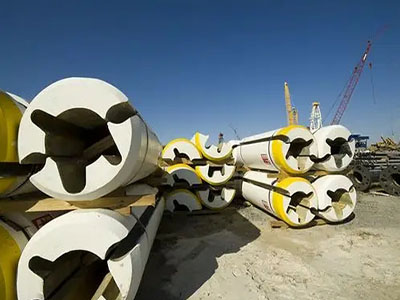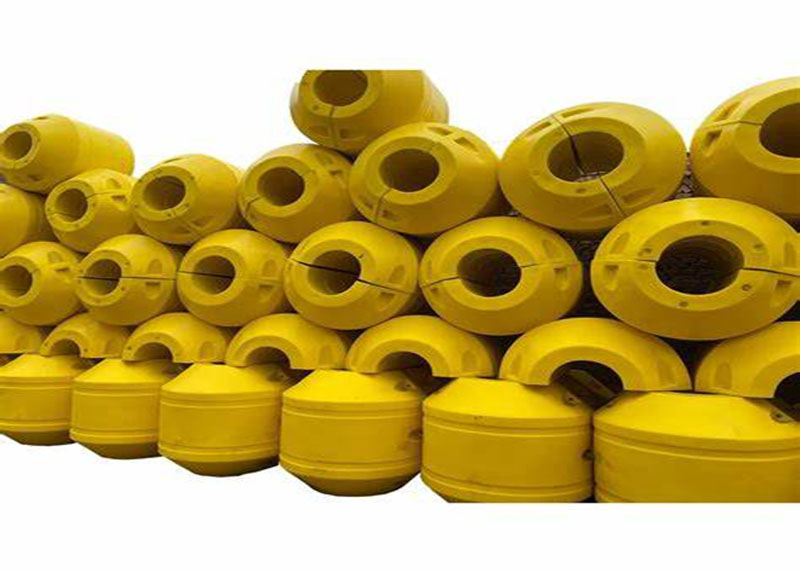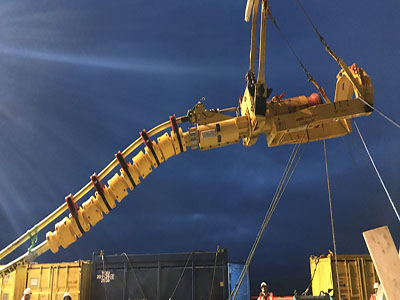A bending restrictor is a device designed to protect submarine cables from excessive bending damage. They are typically made of Polyurethane (PU) material, which is favored for its high wear resistance, high tear and tensile strength, and excellent mechanical properties.
Polyurethane Material Properties
High wear resistance:Suitable for long-term operation in rough environment such as sea bottom sand.
Excellent elasticity:Buffer the mechanical shock during cable movement and reduce the stress on the cable.
Superb chemical corrosion resistance:Resist the erosion of seawater and other chemicals to ensure the safety of long-term underwater operations.
High mechanical strength:Provide sufficient support to protect cables from mechanical damage.
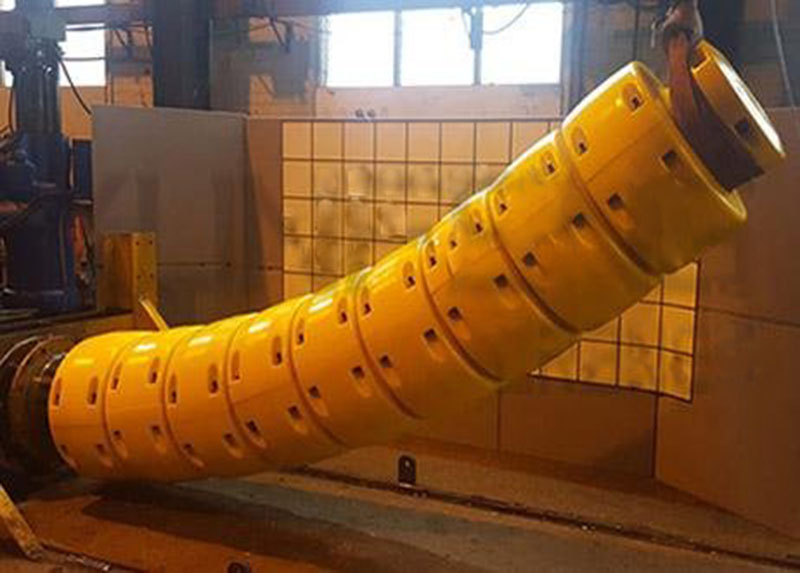
Bending Restrictor Performance Parameters
• Minimum bend radius:1.2m, ensuring the cable bending safety.
• Applicable cable diameter:125-300mm,suitable for a variety of submarine cables.
• Operating depth:1500m,meeting most of the needs of Marine engineering。
• Dielectric strength level:40Pa,adapting to different water depth pressure environment.
Application Scenarios
• Bottom cable laying:Protect the cable from damage during laying.
• Offshore wind plant:Protect the cables that connect to the wind turbine.
• Offshore oil and gas exploit:Protect the umbilical cables and pipelines that carry oil and gas。
• Underwater instrument installation:Protect cable connections for precision instruments.
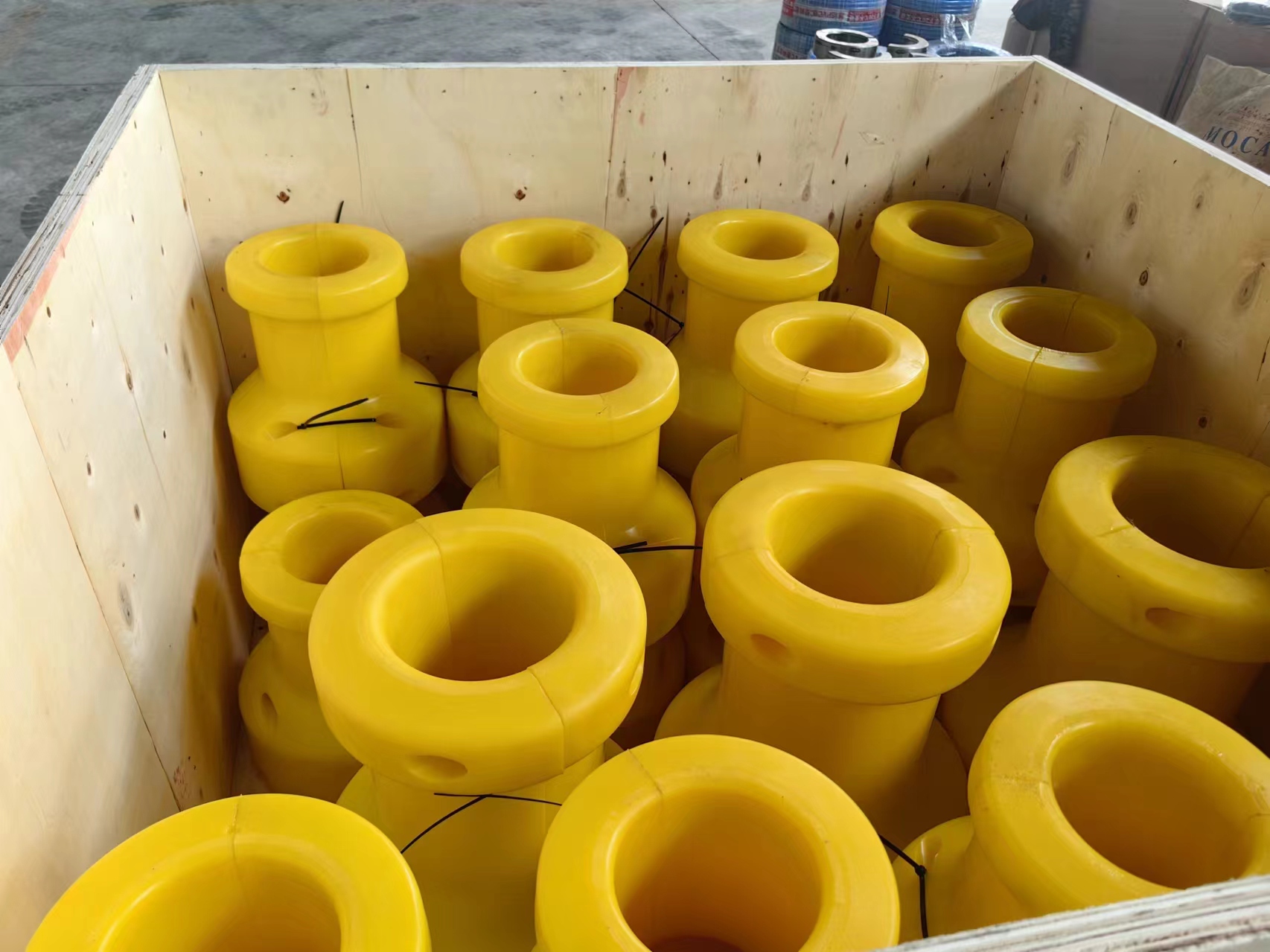
Polyurethane bending limiter plays the role of guardian in Marine engineering because of its unique polyurethane material characteristics and design concept. With the continuous development of Marine resources, the application of polyurethane bending limiter will be more extensive, and its technology will continue to innovate to adapt to the more complex and harsh marine environment.


